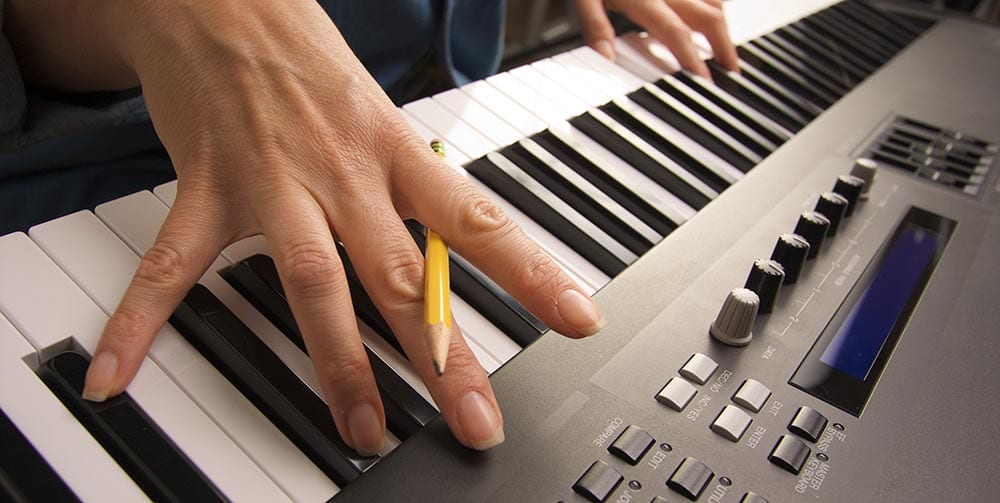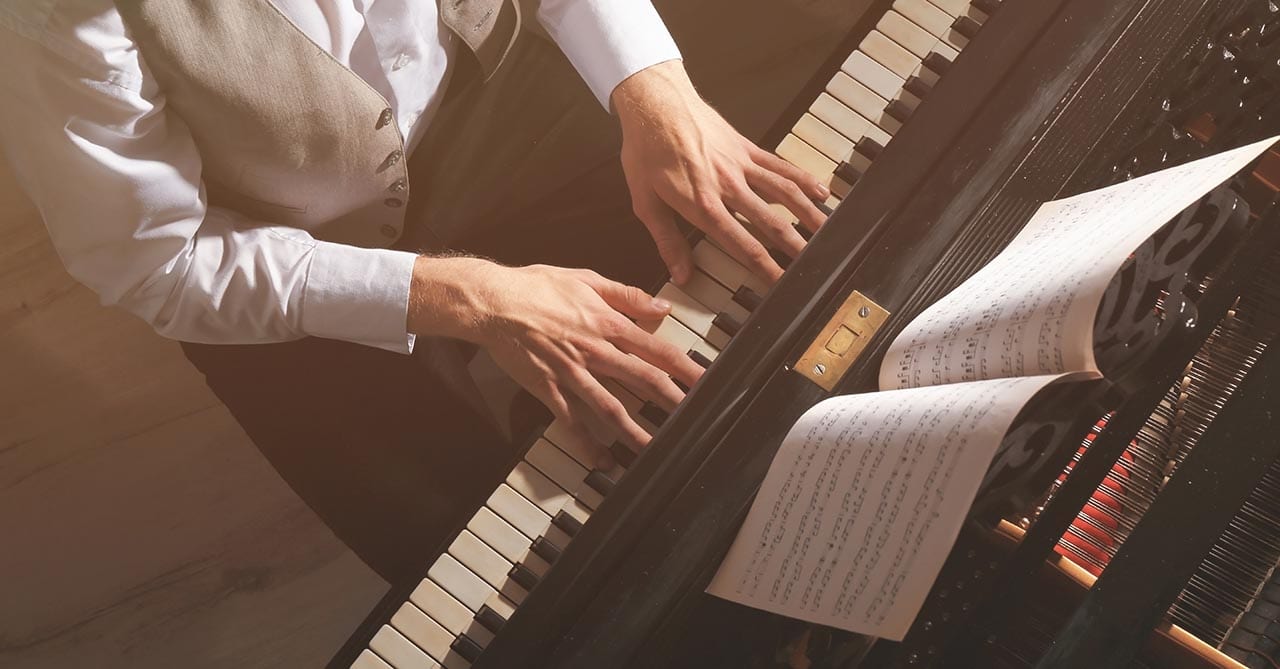Some people seem to have an innate sense of rhythm, but for most people, accurately keeping time when playing music is difficult to master. Drummers and percussionists often only develop good timing after years of practice. It’s similar for piano players; whether you’re playing on your own or as part of an ensemble, learning how to keep time and pace can be a hard-won skill. That’s why practicing with a metronome is so important. Playing piano with metronome accompaniment helps you measure out the piece, approach it at the right tempo, and keep steady time. Here are just a few of the things you’ll need to know when you’re practicing the piano with a metronome:
What is a Metronome?
In Greek, the word ‘metronome’ means ‘law of the measure’, an appropriate name since the device sets the rules for the pace of a piece. Metronomes, which can either be analogue or digital, emit a sound on each beat. On an old-fashioned metronome, you can set the speed of the beat by sliding a weight up and down the pendulum-like shaft. More recently, keyboards have had electronic metronomes built into them. Most metronomes can be set anywhere from 40 to 240 beats per minute; very few songs would be faster or slower than that.
Identify technical issues
Technical issues might be detracting from your playing without you even realising. By playing a piece with a metronome, sections where a player is dragging or rushing become glaringly obvious. A good way of identifying where you might need to work is by playing one bar at a time, or scales, to the clicking of a metronome. It’s wise to pay close attention to any sections where the rhythm becomes uneven.
Get Up to Speed
When you’re practicing privately, it’s often necessary to play a piece much slower than you would when performing publicly. There’s so much to consider when learning a piece of music like the dynamics, where to accent, and figuring out how to solve technical problems (like playing Rachmaninoff when you have small hands!)
With a metronome, you can start playing a piece at a slower rate, giving you time to get your ears around all the different elements at play. Then, as you solve some of the problems the piece presents, you can gradually increase the beats per minute until it’s ready to play for others.
Play to the Right Beat
Make sure you’re practicing the right things, in the right way, with the right equipment. Whether you need a new metronome, or a new teacher to help you use one correctly, The Pianoforte can help. We’ve been Sydney’s leading experts for the last thirty years, and with convenient store locations in Sydney, it’s easy to contact us or pop-in for a visit. Call us in:
- Chatswood – 02 9411 8911
- Seven Hills – 0478 658 227



 August 31, 2019
August 31, 2019




